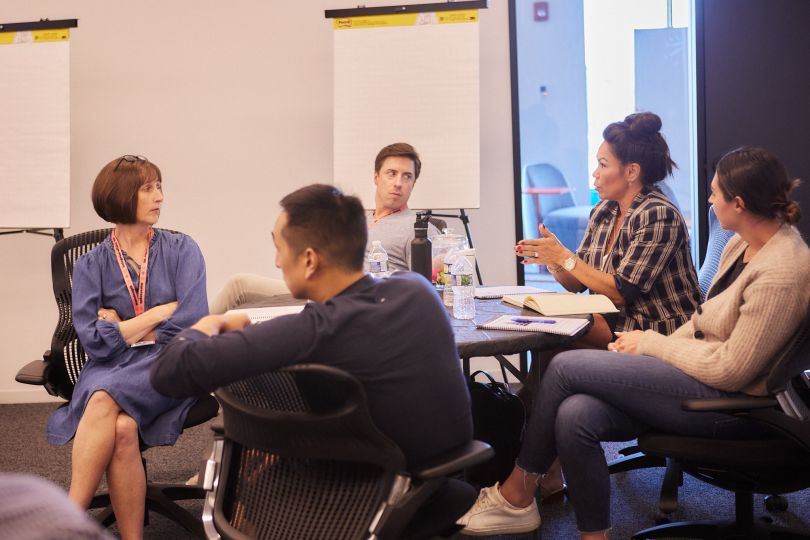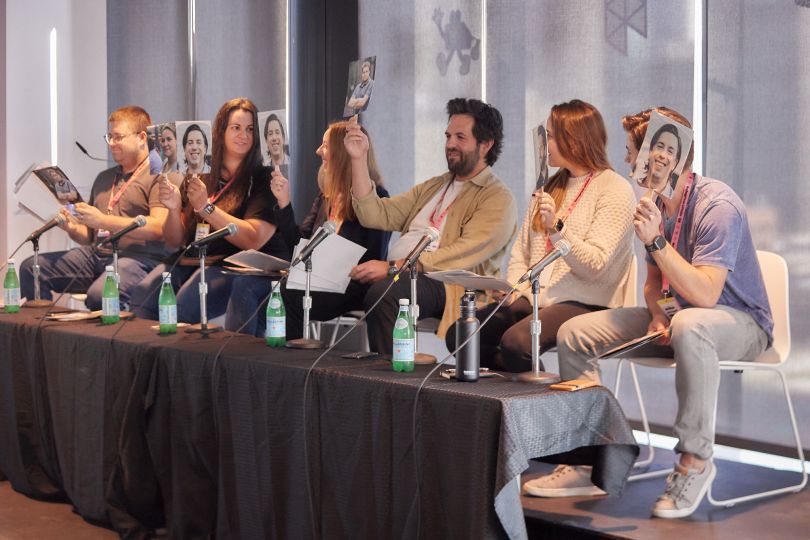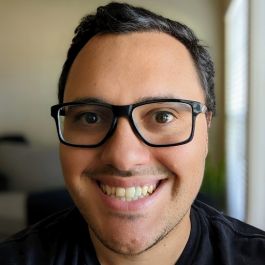A grocer logs on to check the storage temperature of their produce shipment as it's en route to the store.
A healthcare provider remotely monitors the heart rate of a patient that’s working on their farm.
A product engineer receives real-time data on the use and condition of a rental scooter their company manufactured in a city 2,000 miles away.
The binding thread here? They’re all enabled by realizing network connectivity, and illustrative of the potential solutions realized by team members at Hologram, which helps companies across different industries with IoT solutions.
“We provide internet connectivity to physical devices all over the world — places that might not otherwise be able to access the internet — through SIM cards that allow the devices to connect to any network,” Staff Solutions Engineer Carlos Scherer said. “Additionally, we provide the software tools to manage all of those devices — to see things like which devices are connecting, which ones aren’t, where they’re located and how much money is being spent on each.”
CEO Sound Bite
Hologram, which announced a $65 million Series B in 2021, touches on a wealth of industries, including mobility, manufacturing and agriculture, just to name a few. According to Scherer — who helps customers navigate the product and troubleshoot issues as they arise — the breadth of industries represented by Hologram’s clientele is part of what makes the role rewarding.
“I learn a lot by engaging with diverse customers from so many markets and business units. That’s what keeps me motivated,” Scherer said.
That customer-centricity is something that Software Engineering Manager Rupert Deese says imbues culture at the remote-first company, which retains a physical office presence in Chicago’s Fulton Market neighborhood.
“People are deeply invested in the work that they’re doing; they care about getting the right outcomes for customers and for the business,” Deese said.
Deese and Scherer connected with Built In Chicago to unpack the ins-and-outs of their work, the manifold real-world applications of their product and more.

What does Hologram do? How do you contribute to that mission?
Software Engineering Manager Rupert Deese: You can think of us as like an intermediary that solves a really complicated logistics problem for companies that want to sell products or deploy devices at a global scale. They have this question, “How am I going to get connected to the internet?” We basically solve that for them and simplify it down to just putting this SIM card in their device and everything will work for them.
Staff Solutions Engineer Carlos Scherer: Devices like scooters you see on the street — they have our SIM cards in them so that they connect to the internet. We have customers in the healthcare business for needs like remote patient monitoring. Basically, any device that needs internet and does not have access to WiFi or ethernet, we provide that connectivity and give you the tools to manage your fleet. We can connect to over 470 carriers in over 190 countries.
“Any device that needs internet and does not have access, we provide that connectivity and give you the tools to manage your fleet. We can connect to over 470 carriers in over 190 countries.”
What allows Hologram to support that volume of data?
Scherer: Even before good coding and good engineering, we have great account teams and commercial and partnership teams that manage strong relationships with different carriers around the world. That’s how we are able to support 470 carriers around the world — because we have great teams that manage those relationships for us.
Deese: Also, from design, UI data perspectives, we put a huge emphasis on abstractions that help our customers understand things. Our UI has tagging and bulk device management. Internally, we think about devices belonging to cohorts and we’re tracking logistics.
Can you give me an example of that work in action?
Scherer: The most well-known scenario is micromobility, like the e-bikes and scooters in the street that you can unlock and ride across the city. The device needs to connect to the internet to be able to unlock, track and send diagnostics back to the manufacturers or administrators.
Another example is in healthcare, with remote patient monitoring: We have customers who sell physical devices that patients wear at all times to monitor their blood pressure or their heart rate. Those devices have our SIM cards in them and are able to send data back to that healthcare provider. In these cases, patients could be out walking around in the middle of a farm or the woods and they wouldn’t have had WiFi access, but our SIM cards give them cellular connectivity, so that they can transmit that data no matter where they are.
Deese: There are lots of applications where someone just wants to monitor a remote location, whether it’s a farmer trying to understand the conditions in their field or an oversight organization trying to measure air quality in a city. Another fun example of that is asset tracking. We had a client who developed a device that you’d place in a shipping container carrying produce like avocados, and it would measure the temperature, humidity and location inside the container. That way, the company could guarantee that the avocados would arrive at their final destination fresher and with less waste.

How does the nature of the job make it fulfilling work?
Deese: I spend a lot of time working with data. You learn that everyone’s use cases are different. There are no shortcuts. We have to build a product that is going to be excellent under every set of imaginable conditions, because the conditions in which our product is actually being used are so diverse.
“There are no shortcuts. We have to build a product that is going to be excellent under every set of imaginable conditions.”
Scherer: No two customers are the same. Even if their use cases are similar, there are people in different countries, accessing different networks, using different modems for the access technologies. My entire career has been in customer-facing technical roles, because I love to learn from and engage with them and help them be successful. Watching them grow with your support is great.
Also, I’m always able to share my feedback and our customers’ feedback with the product and engineering teams. Part of our role in solutions engineering is giving this feedback to the product team so that they can plan features and releases accordingly. I know that I'm always listened to and they always end up working on my observations or suggestions.
Lastly, what does the future hold for you and your teams?
Deese: One of the big initiatives we’re working on is optimizing connectivity for our customers and leveraging data to empower teams to better manage their fleets. We want them to interact with their devices’ data as though it was happening in a very simple environment when, in fact, we’re adding all this complexity beneath the surface. It’s really powerful to present data that aligns with the concepts that your customers understand.







